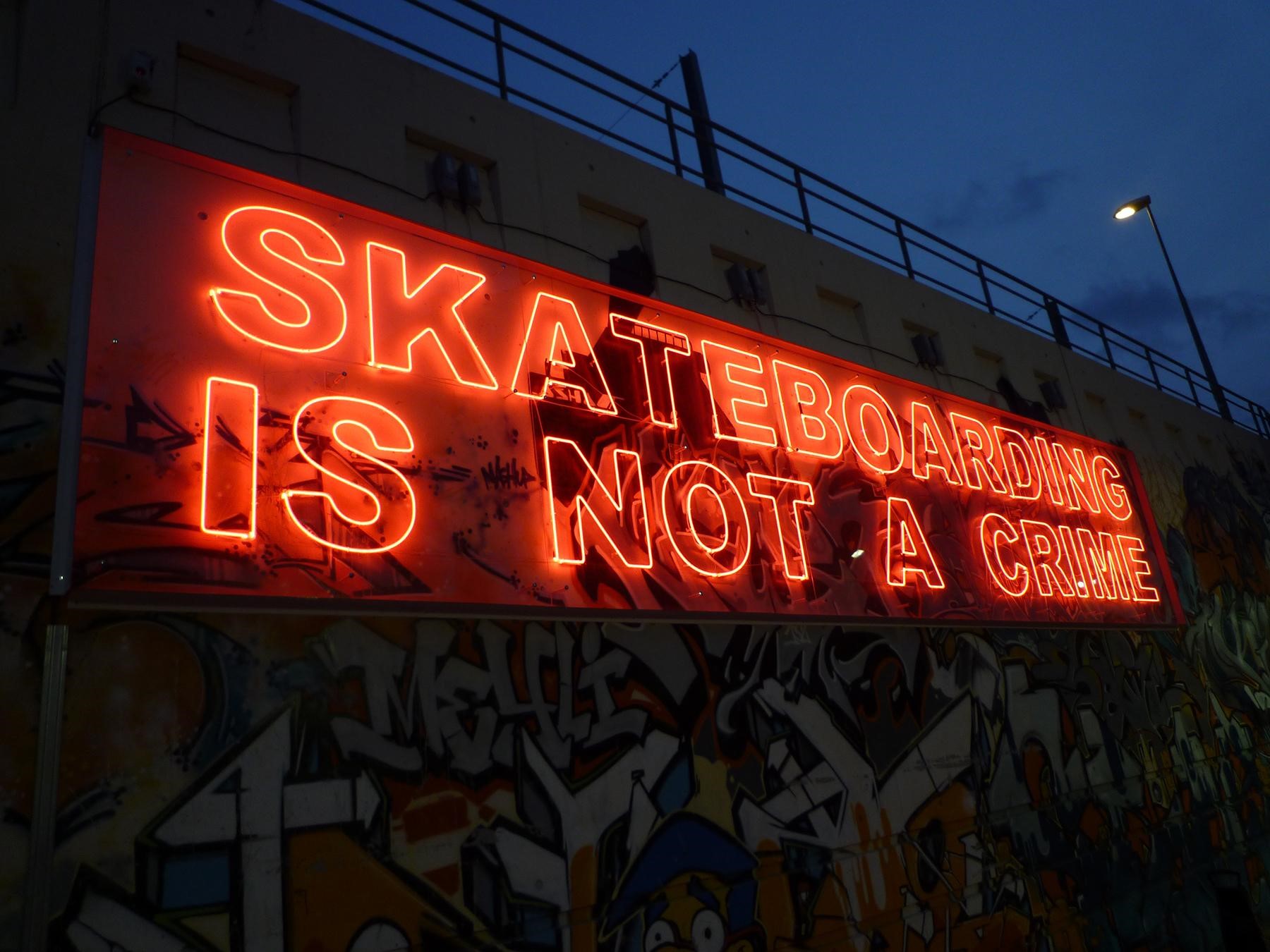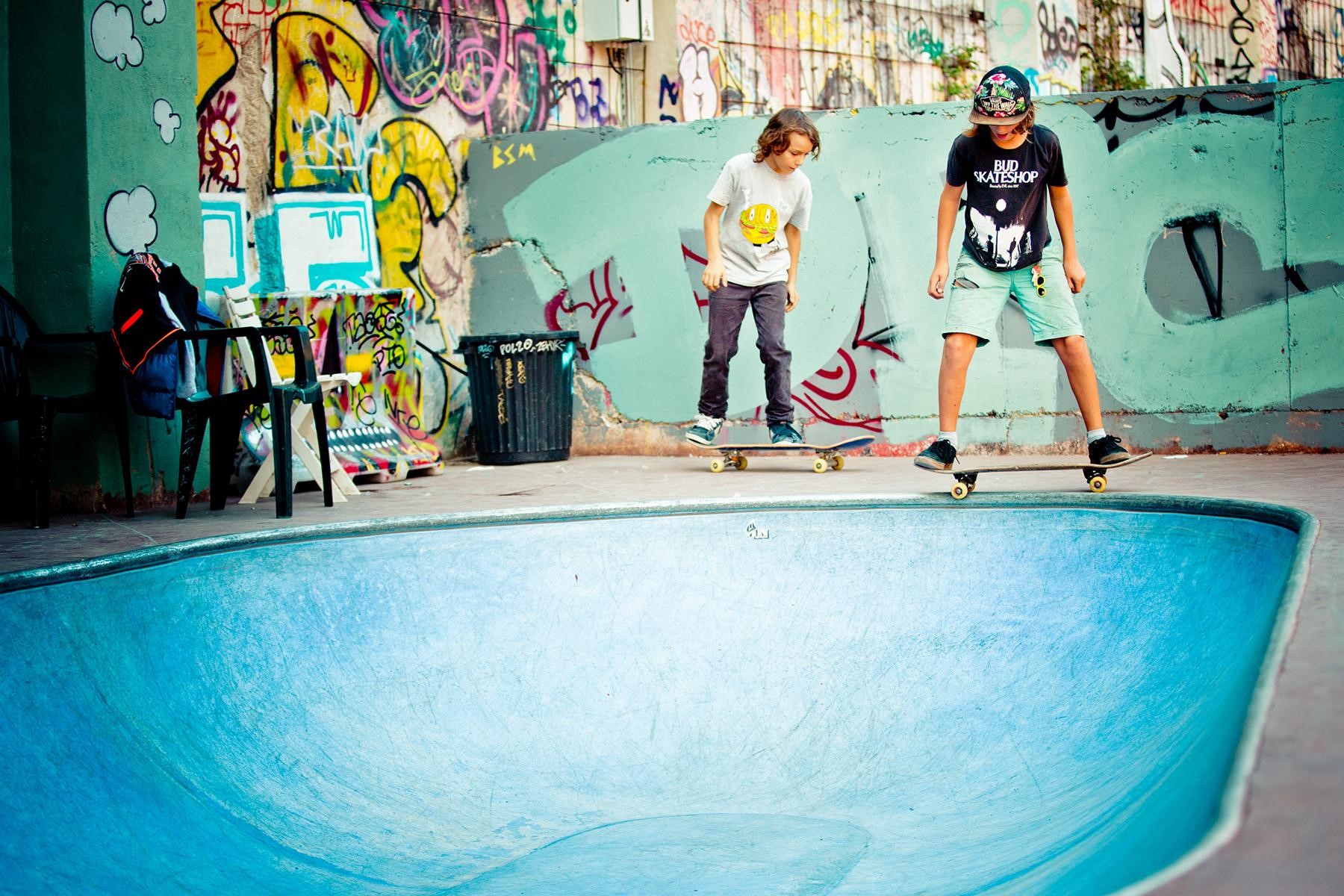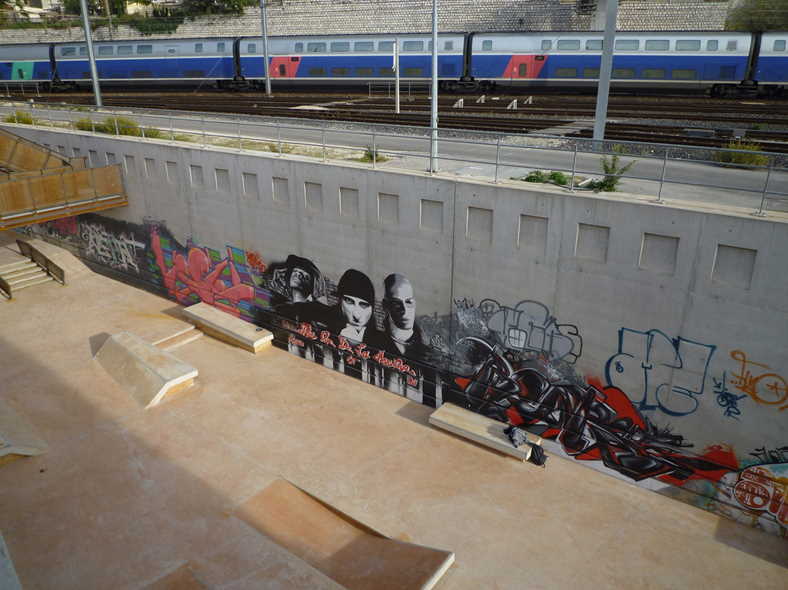WHO
The skatepark is coordinated by the Friche la Belle de Mai cooperative (SCIC), while the land belongs to the city of Marseille. Board Spirit Marseille has an agreement for mostly using the skatepark but any operator resident can use the space as they wish (for concert, performances, rehearsal etc.).
WHAT
A part of La Friche site used to be an abandoned space of the factory. Since 1990 it’s been used alternatively as rave party space, event spaces but also parking lots and technical storage space. Years ago, when the use of skateboarding in the public space was becoming more and more difficult in Marseilles, La Friche offered Marseille’s residents a site dedicated to this practice. Its flared shape, all long and dead-end, had never been able to host events. It is in this neglected fault line that the very first sports facilities were built in the Friche.
The strategy was to create space where youngsters of Marseille can meet and learn skateboarding as a means of transport in the city, exploring new points of view. The BSM association and the Friche teams wanted to introduce youngsters to those practices in order to avoid delinquency, facilitate inclusion and inter-generational relationships. The peer to peer learning was at the center of the practice.
Today the site is a must for skate lovers from all over the world, who love to travel and discover new spots. Designed by Constructo, an agency specialising in skatepark architecture and engineering, it is based on pre-existing urban architectural forms, offering modules suitable for street skateboarding, which is very popular with riders. Overlooked by the restaurant terrace and the Dock Square, it is widely visible to visitors, who come to enjoy the show.
HOW
This activity leverages an existing use of an outdoor space by a local group, to support their needs and agree on the way the space is being used. Once such a use has been identified, a dialogue with the group should be established to better understand their needs and expectations. The users will be invited to develop their own initiatives in regards to the purpose of the space and collaboratively build the physical facilities. Based on their needs more professional facilities could be provided. Pre-existing urban architectural forms could be identified and used to support the infrastructure of the site.


